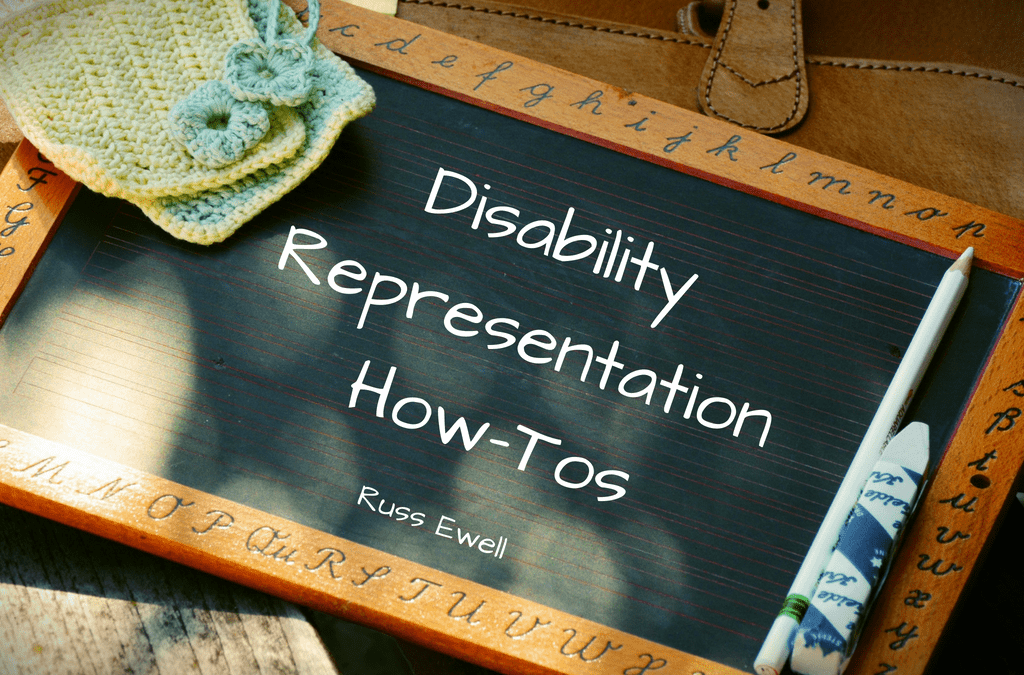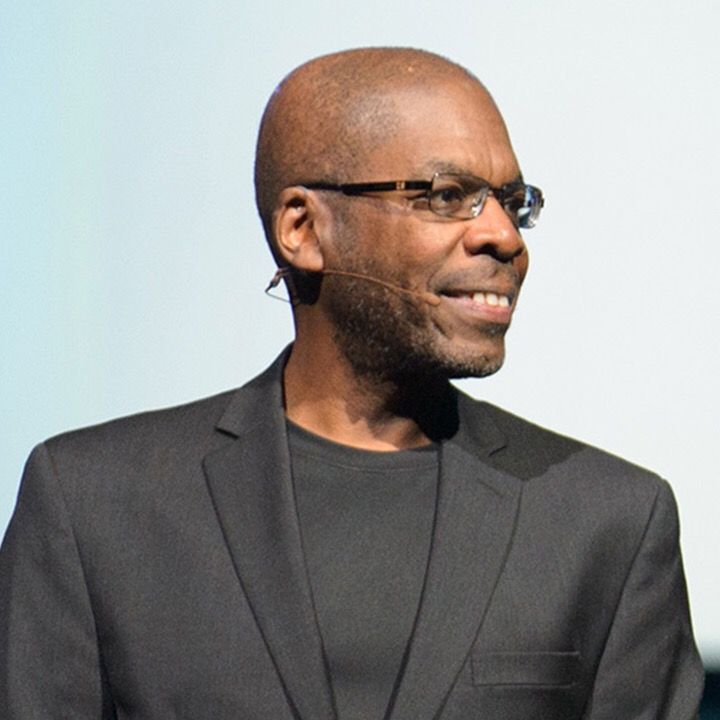It’s undeniable that children need to see people like them represented in aspirational positions for them to imagine themselves as successful adults living their best lives. Recently, advertising campaigns have gone out of their way to include children of various races and ethnicities, as well as an equal mix of boys and girls to demonstrate inclusivity and help potential customers see themselves using the items being advertised.
As the conversation about representation continues to touch more minority communities, it’s important to include communities with disabilities in the discussion. Some progressive brands have begun featuring models with physical disabilities such as missing limbs or scoliosis. Celebrities and activists draw attention to the disabilities with which they live and advocate for better legislation and accessibility. As a parent or educator, it’s important that you spend time highlighting notable figures with disabilities and alotting them adequate representation in your decor, discussions, history lessons, and more. Here are some simple guidelines:
When a public figure or historical character has a disability, don’t gloss over it: A common mistake among well-meaning adults is to instruct their children not to ask questions about someone who looks different, be they of a different race, gender identity, or type of disability. This type of behavior attaches stigma to disability and makes it taboo to discuss. Rather, as you teach children about important figures in history or modern change-makers, include their disability in your discussion of their success. James Madison suffered from epilepsy. Frida Kahlo had limited mobility due to trauma.
Commemorate days that are important to accessibility rights: The same way that we celebrate black history month, women’s history month, Hispanic heritage month, and Native American history month, there are important days related to the passage of the Americans with Disabilities Act and other landmark Supreme Court decisions that proved important strides for the community.
Use inclusive and intentional language: How we speak and the words we use make a huge difference to how we internalize the world around us. As you refer to people with disabilities, choose your words to be as neutral or positive as possible. A easy place to start is to ensure that, in your speech patterns, you order the person before the descriptor, not vice versa; that is, “a child with autism” or “a child with a disabilities” rather than “an autistic child” or “a disabled child.” Furthermore, avoid any outdated terminology used to describe disabilities, and when you’re in doubt, lean on the medical terminology or neutral descriptors. For example, if you can’t think of a more appropriate word to replace “lame” to describe a child who can’t walk, simply describe them as “a child who can’t walk.”

